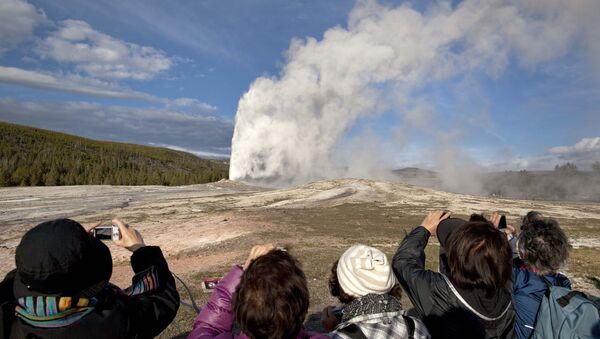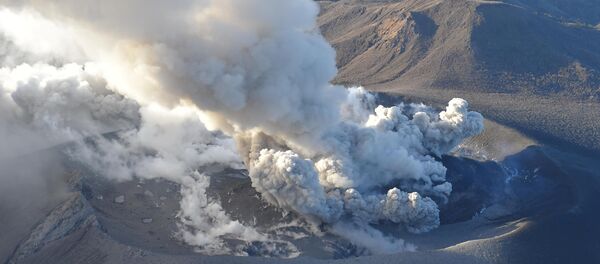Employing a sophisticated technique that uses established data to run scenarios and predict new outcomes, University of Oregon geologist Ilya Bindeman and his team created a computer model that confirmed recent discoveries and uncovered new details about the Yellowstone supervolcano that last erupted about 630,000 years ago.
Based on the researchers' computer model, these two areas could be separated by a cooler magma shelf about 10 to 15 kilometers thick. This unmelted "mid-crustal sill," or "crustal transition zone," is where cold rocks meet with the hot magma. As the cold and hot rocks intermingle with each other and temperature transitions take place, the magma solidifies into clumps on the sill.
Scientists decipher magma bodies under Yellowstone — @physorg_com
— Jeannie Curtis (@VolcanoJeannie) 16 апреля 2018 г.
16 APRIL 2018. Modeling provides new explanation for geology underlying recent seismic imaging of magma bodies below Yellowstone.
PAPER: https://t.co/Ie3MKb6rmqhttps://t.co/1lCLR4kfLE#InternationalDayOfVolcanoes pic.twitter.com/mxr3iTQ9Sk
"This work appears to validate initial assumptions and gives us more information about Yellowstone's magma locations," Bindeman said in the study, published this week in Geophysical Research Letters.
While the new study doesn't offer any predictions for the supervolcano's next eruption, the information is a step toward a more comprehensive understanding of the beast and can be used for further research.






